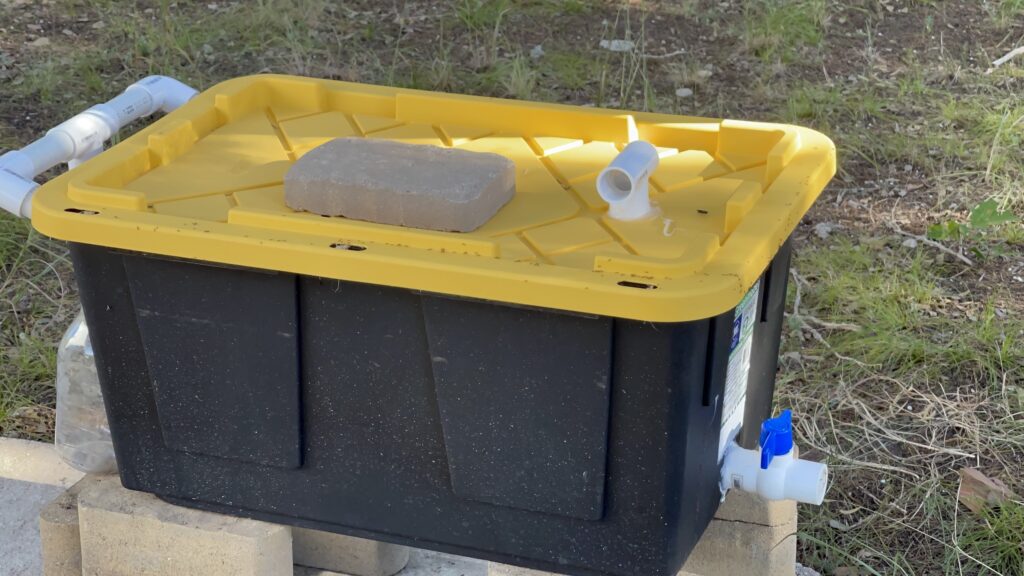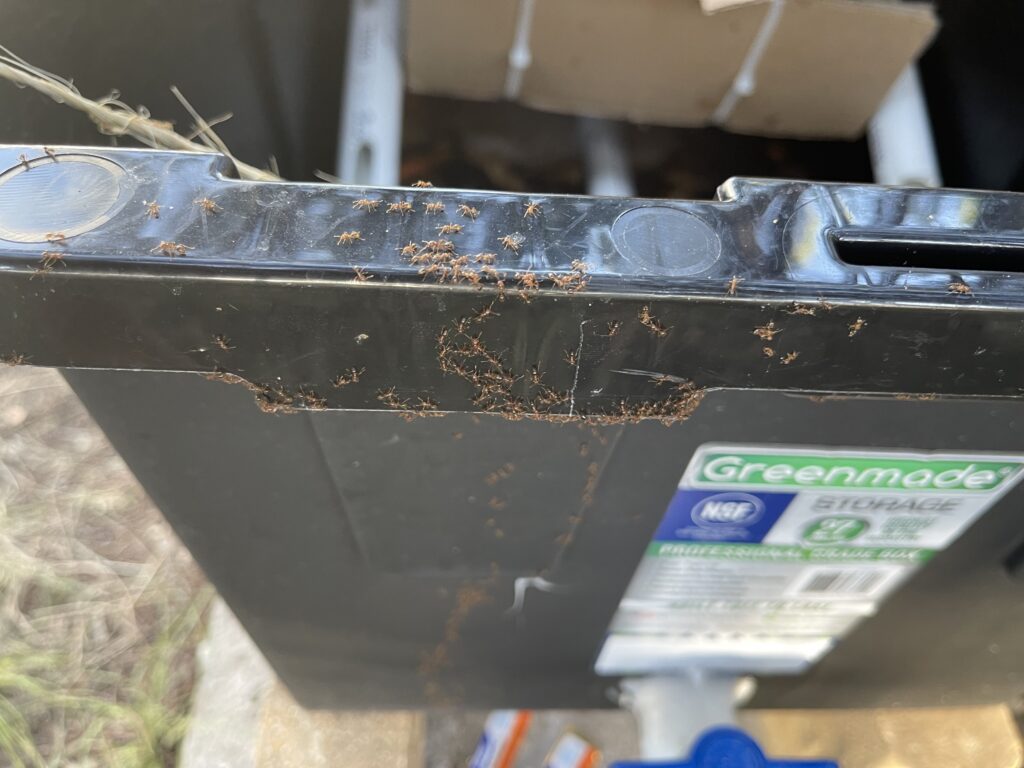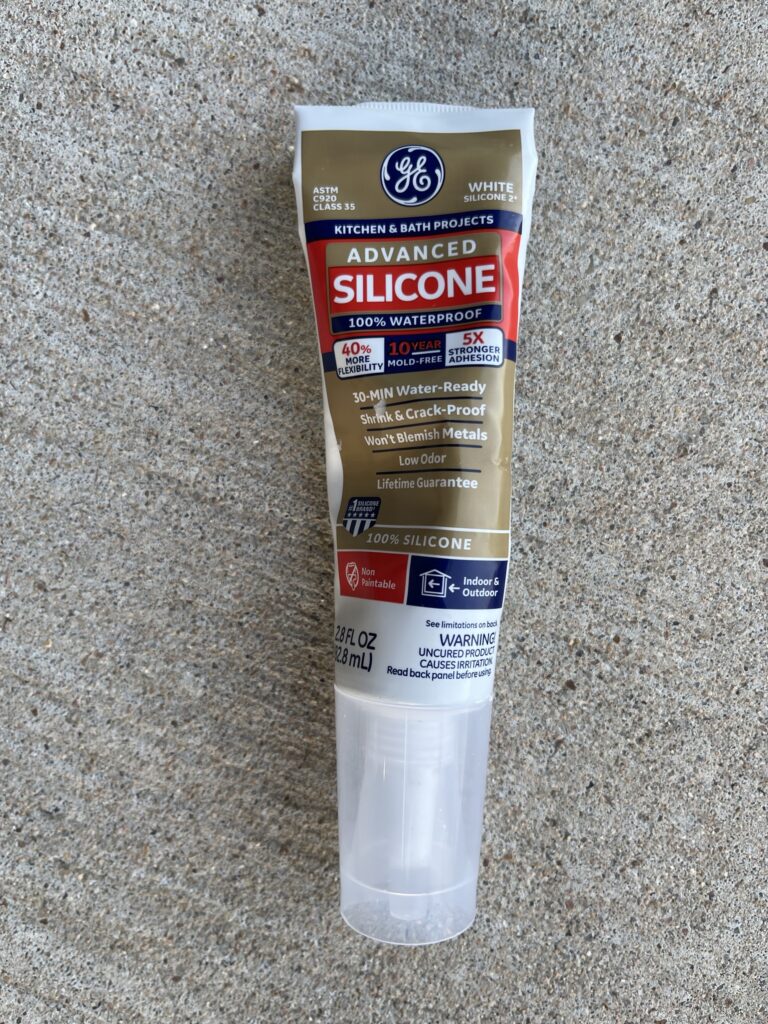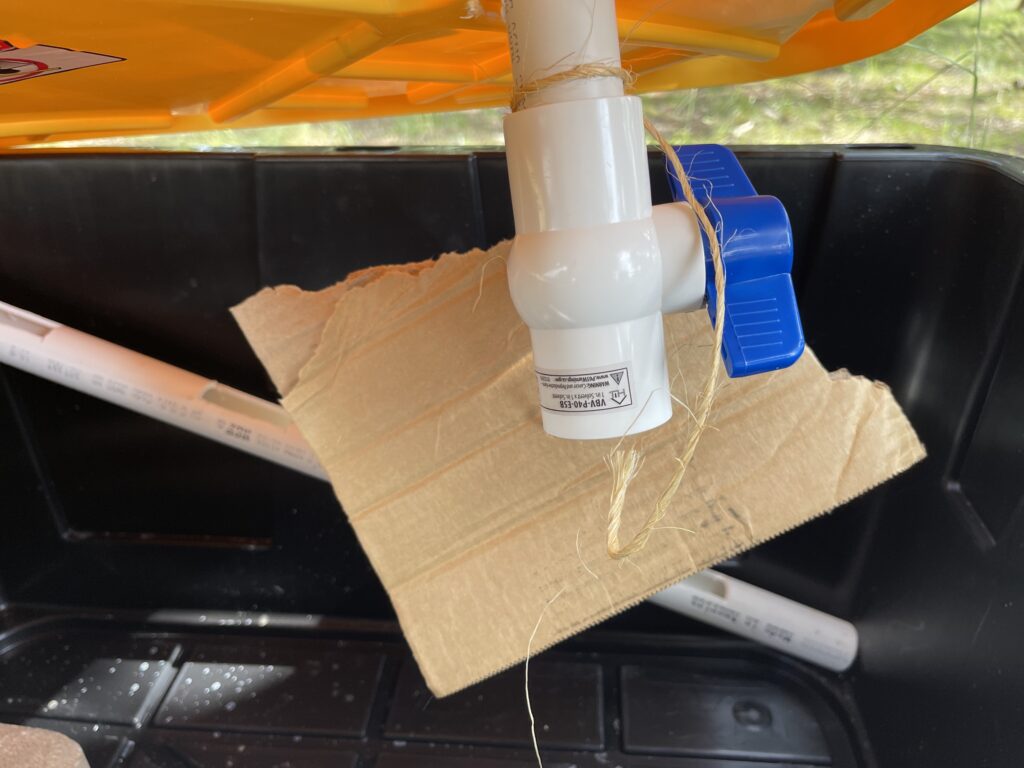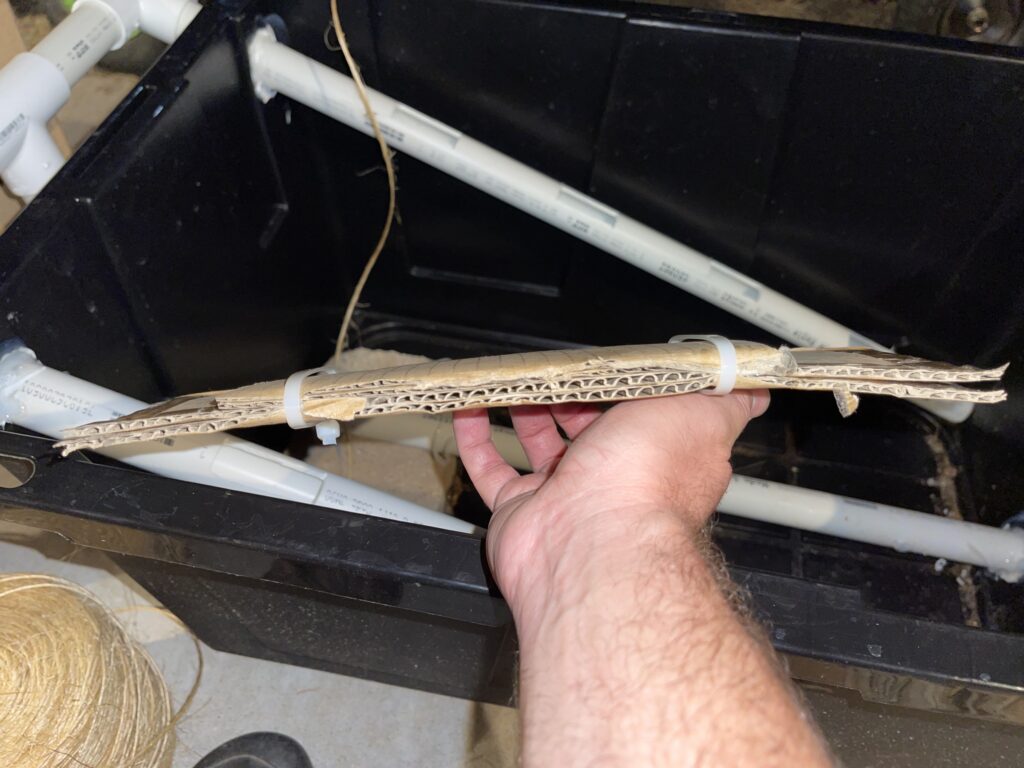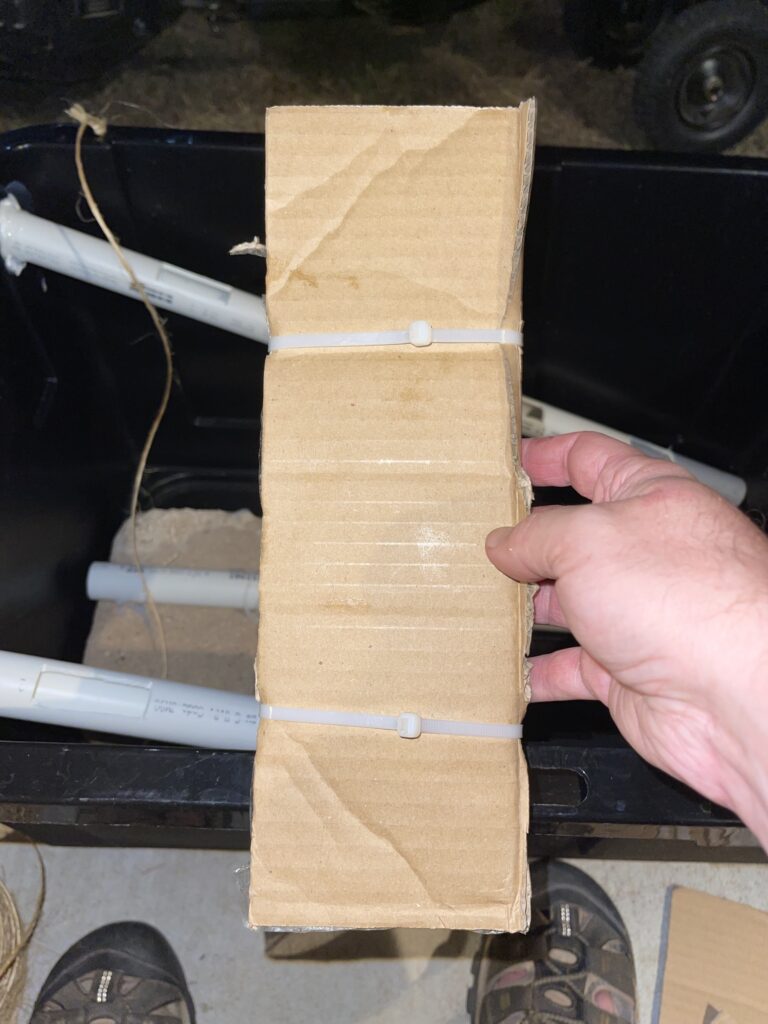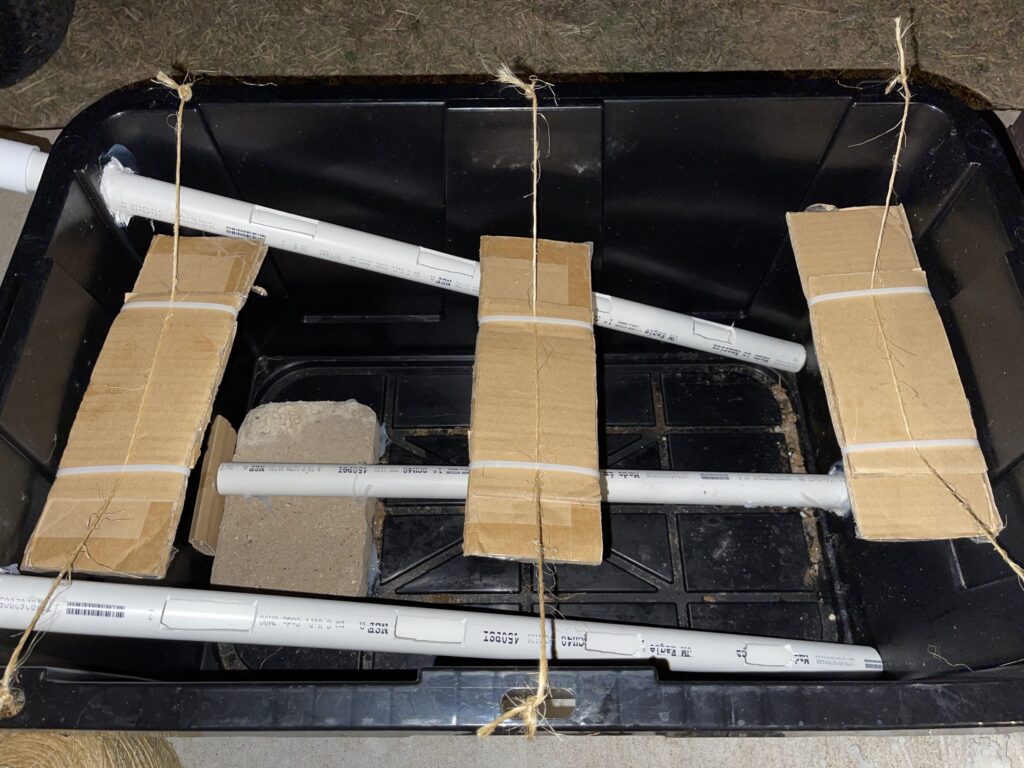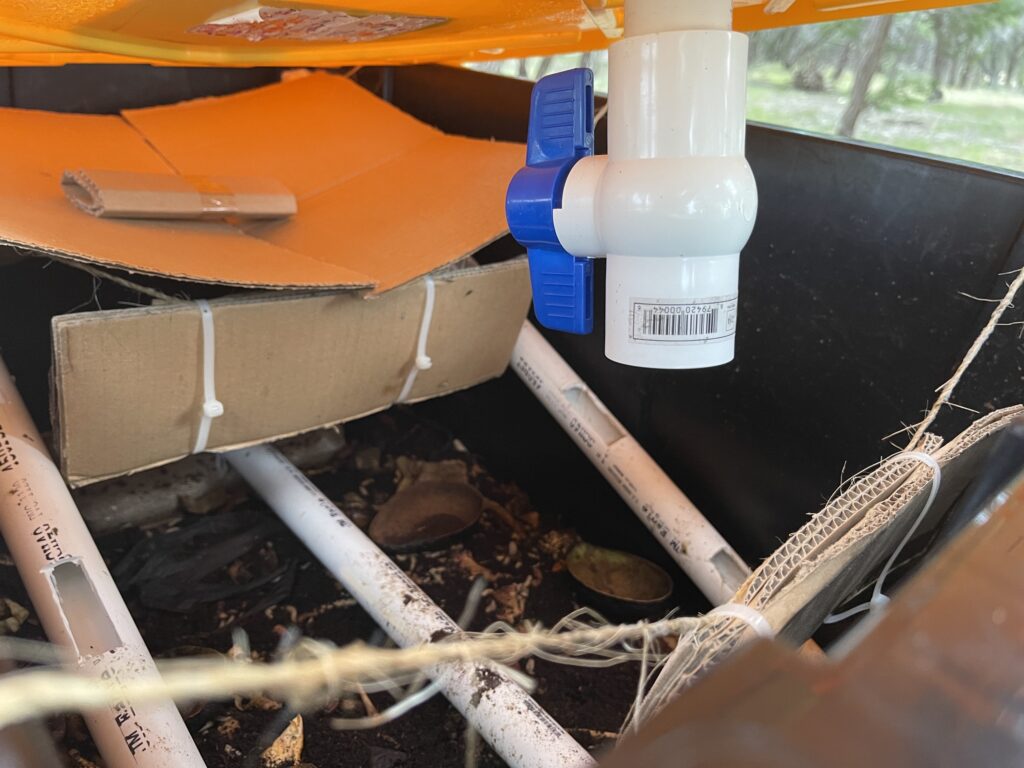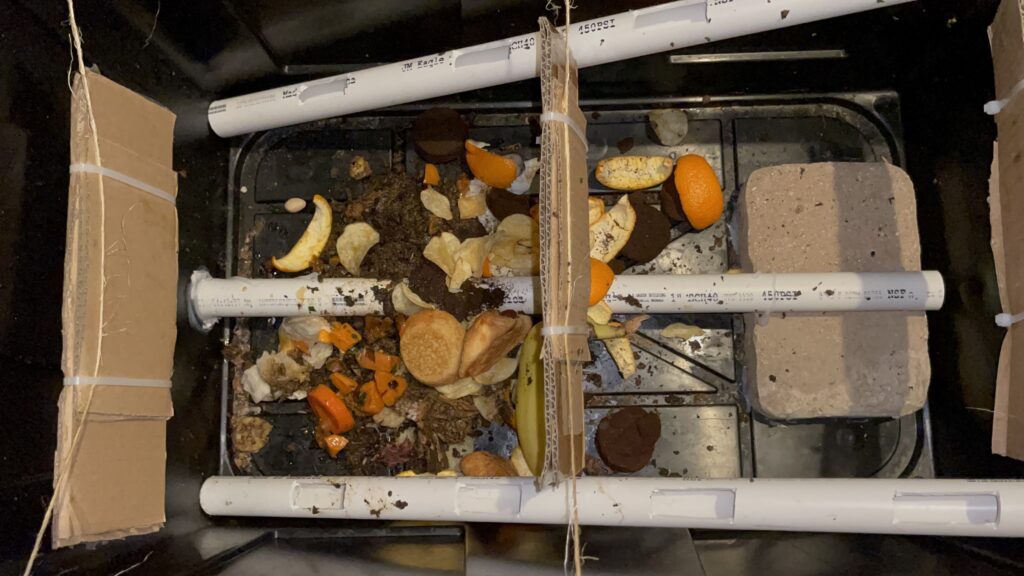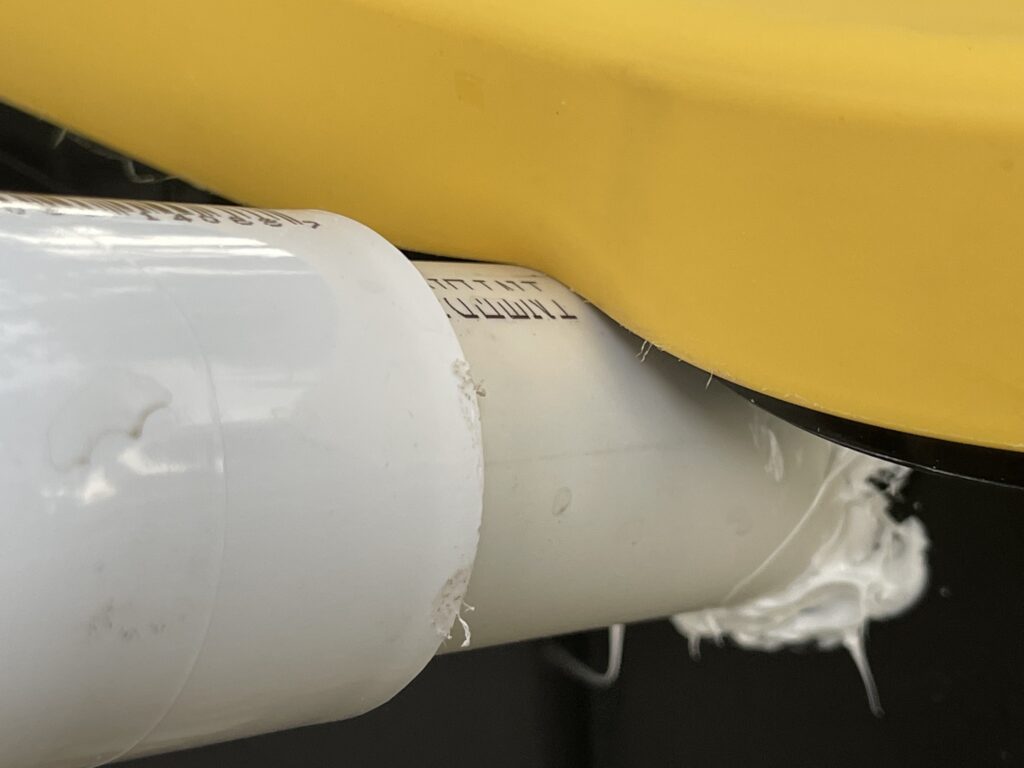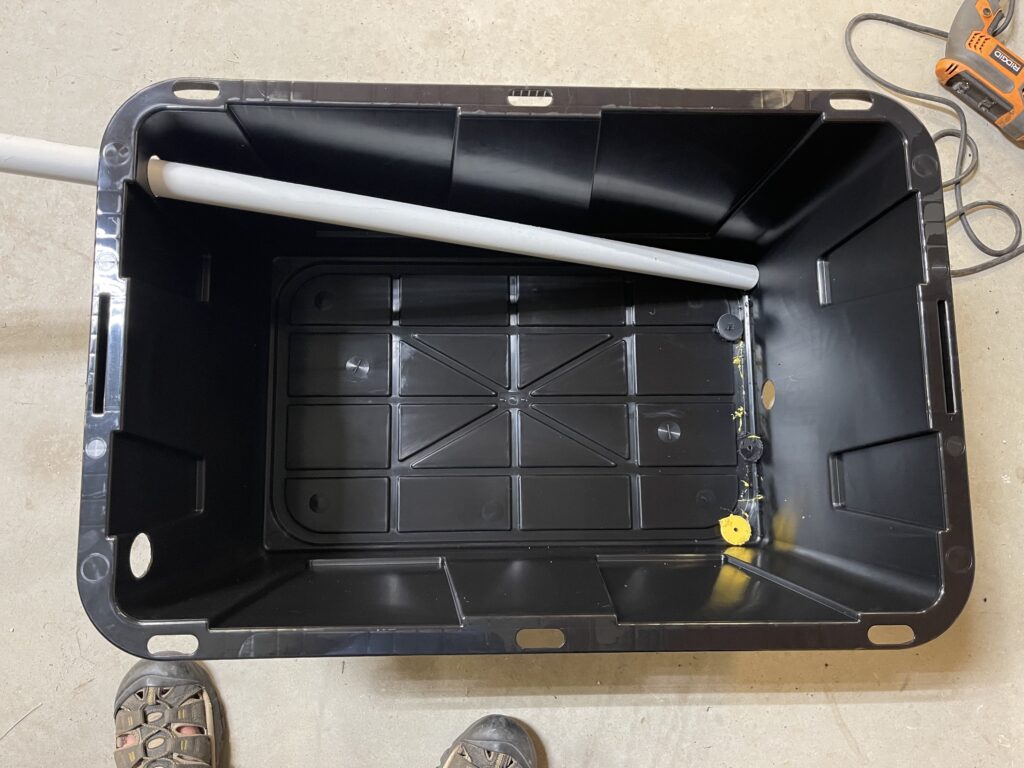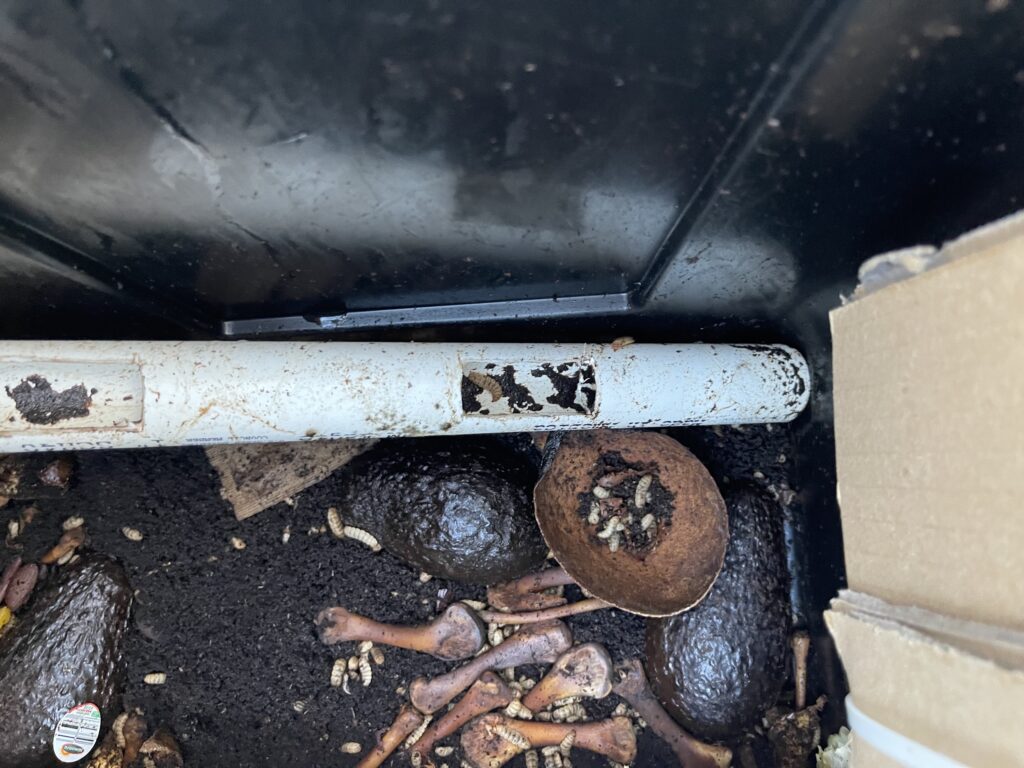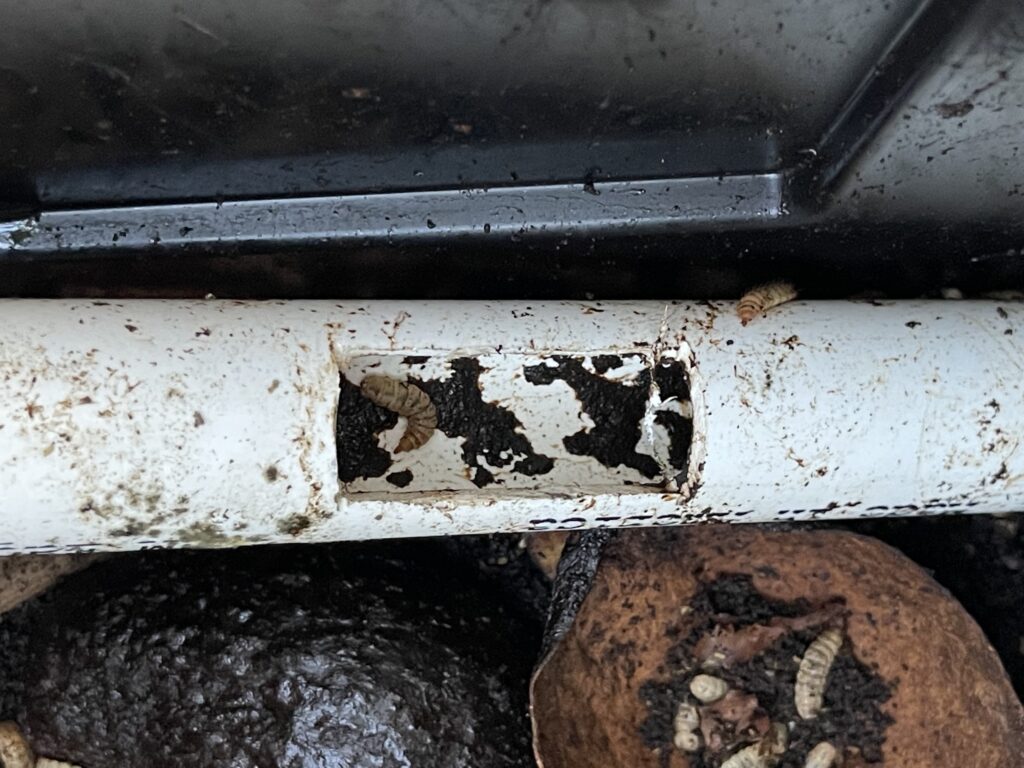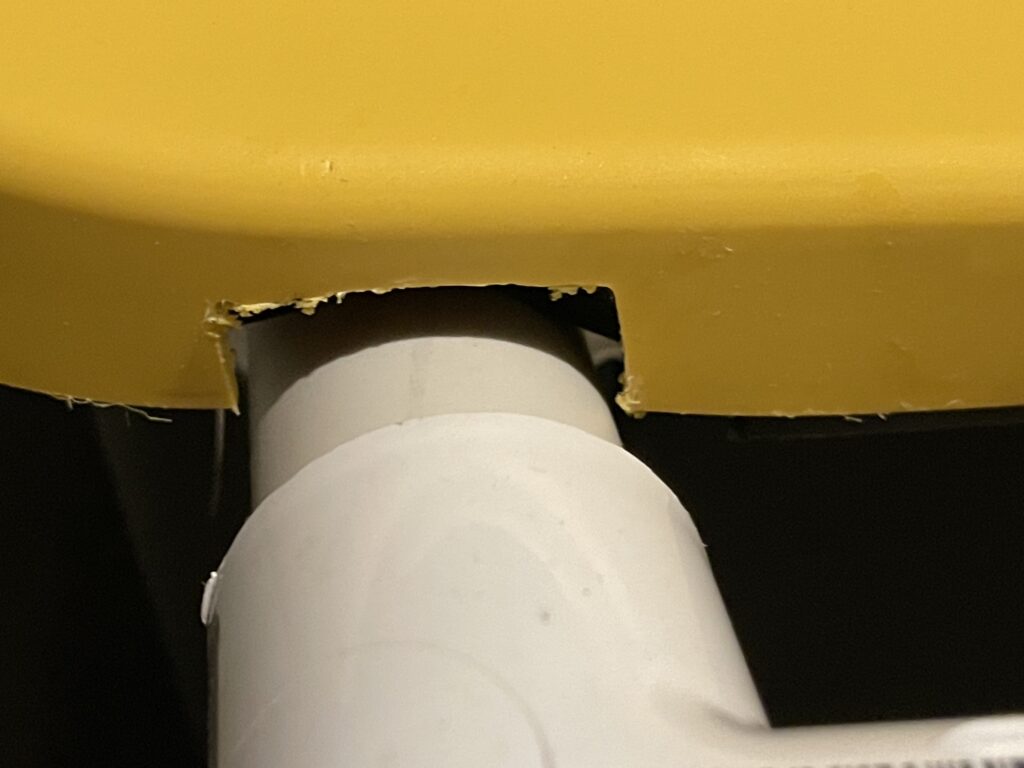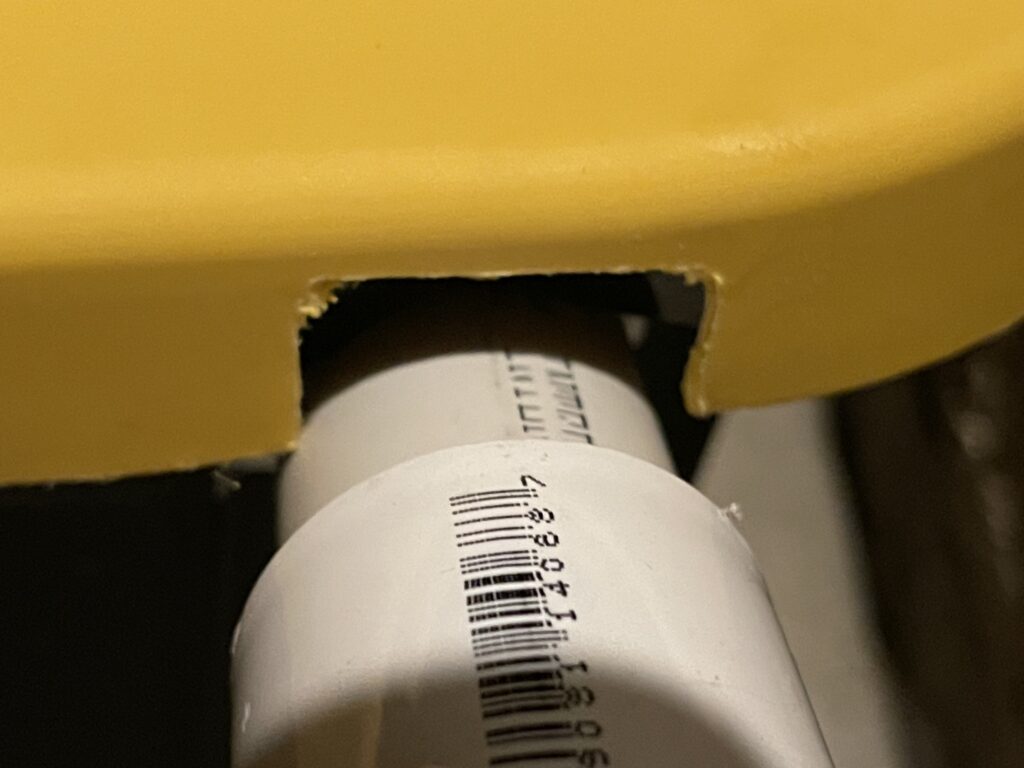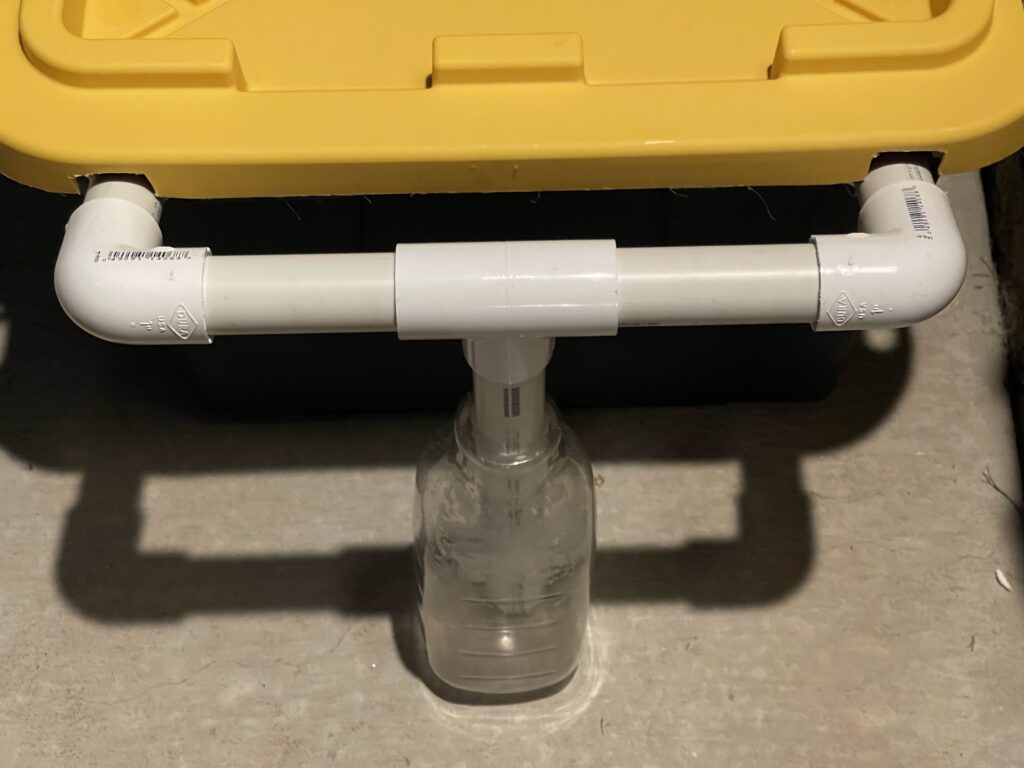Mistakes were made
Ants
I underestimated how many ants would show up, kill everything, and then enjoy the compost buffet for themselves. I lost many Black Soldier Fly larvae to these ants! I had to end up cleaning out a rancid bin and getting stung multiple times in the process, then moving the bin up onto bricks, laying Terro Liquid Ant Baits on top of the bricks and along their path as well as Spectracide Triazicide around the entire base of the bricks. In a conversation that I had with fellow Black Soldier Fly enthusiasts, they also recommended Diatomaceous Earth:
Another strategy is to rest the legs of the bin in containers (e.g., old yogurt containers or coffee cans) of water mixed with dish soap:
Subsequently, I’ve found that one of the easiest ways to get rid of ants is to buy a second bin, fill it with water, and stack the Larvae Bin on bricks:
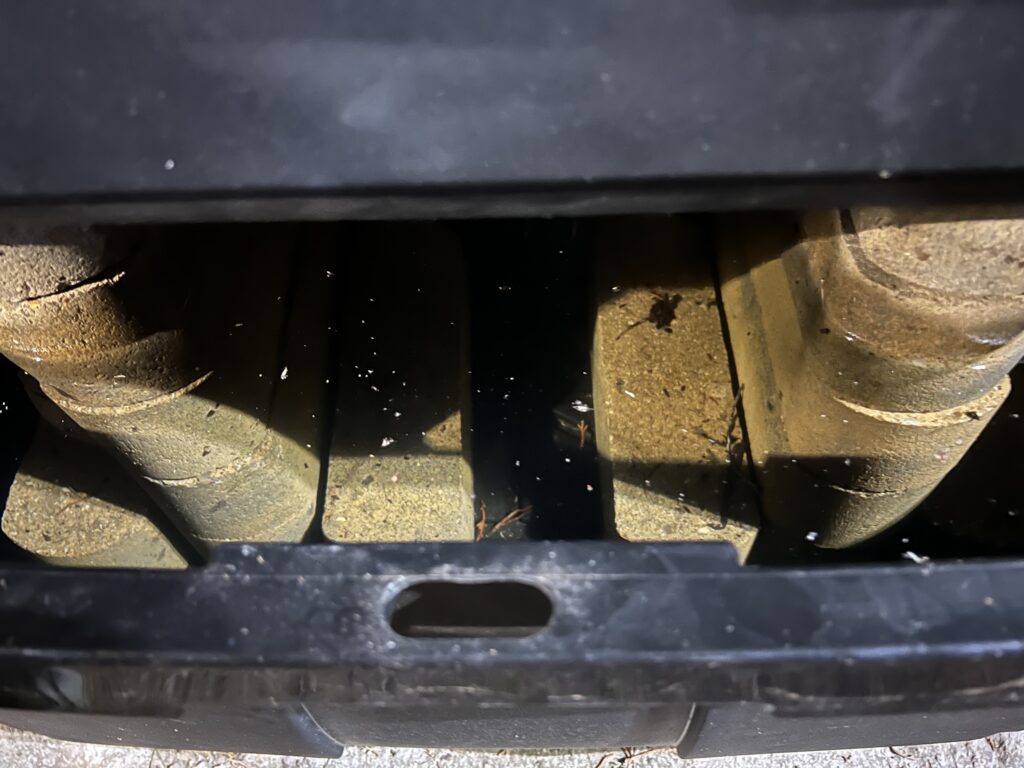
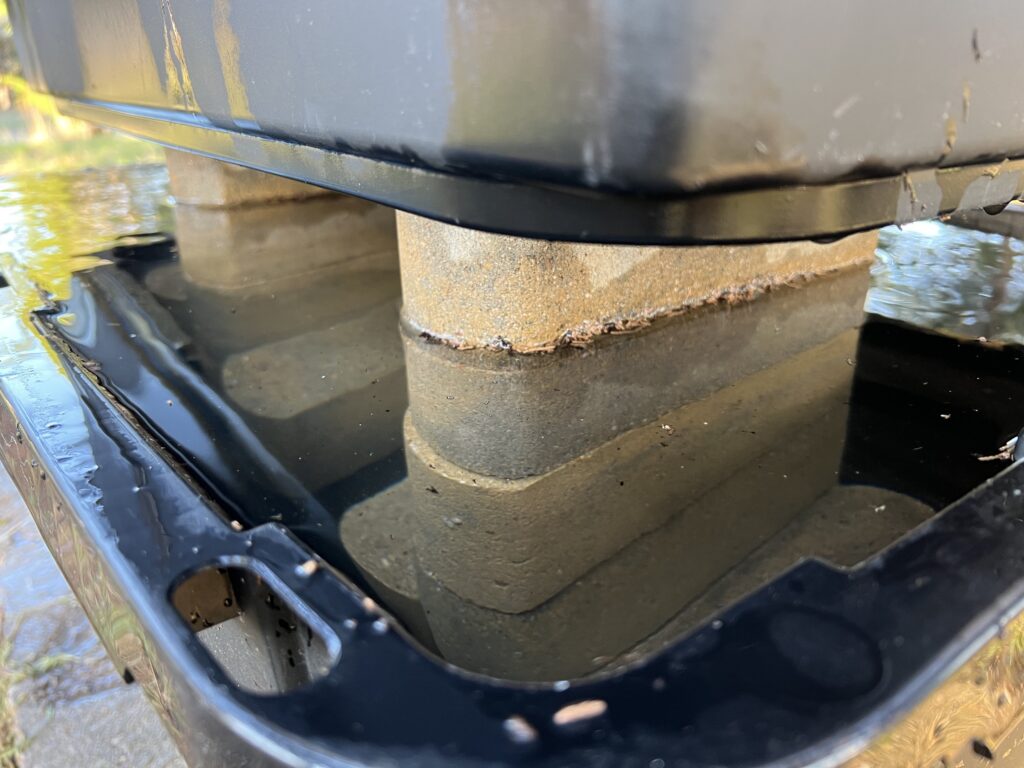
Silicone
Against my better judgment, I started with this silicone because it was what I had on hand and leftover from plumbing work that I had previously done in my bathroom. I ended up peeling all of this off and using a caulk gun to liberally apply GE Advanced Silicone 2 Window & Door sealant in its place.
Eggs
Initially, I had torn some corrugated cardboard off of a box and hung it from the entrance to the bin. I ended up switching over to cardboard flaps that I cut from boxes that were in my recycle bin.
Entry
When I redid the Silicone, I rotated the entrance valve to the other side. My thought process was that I’d make more space for the cardboard, but it turned out that this wasn’t needed and is more cumbersome for adjusting the entrance size (e.g., to restrict mice from entering, while still allowing for Black Soldier Fly females to enter.)
Exit
In trying to keep the incline of the pipes at the recommended 30–40º for the larvae to climb once they reach their pupation stage, I misjudged the overlap of the lid pressing down on the pipes when the bin is sealed. I shouldn’t have been so obsessed with trying to get it exact, since the larvae would’ve figured it out, and climbed into the pipes anyways.
Table of Contents
